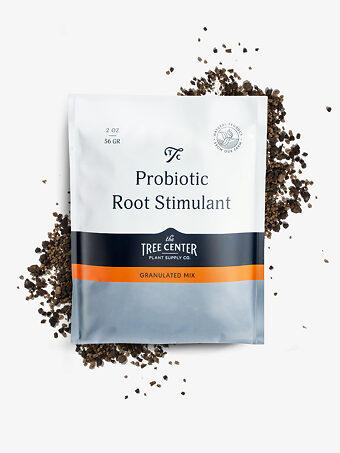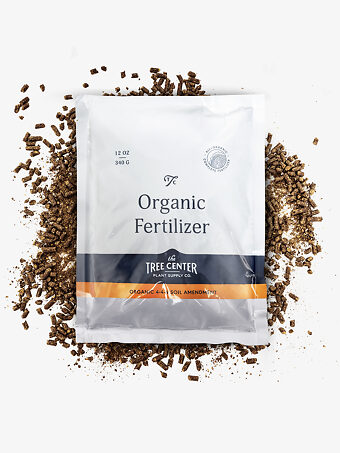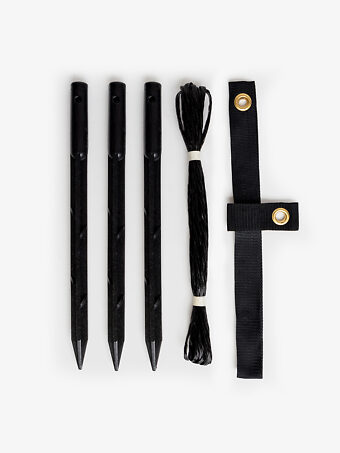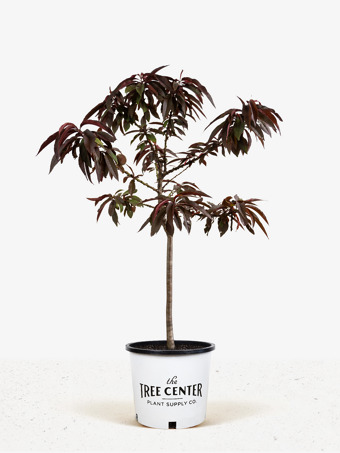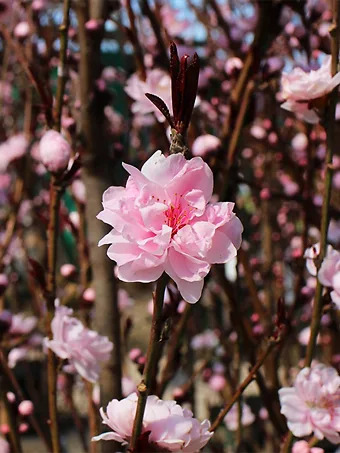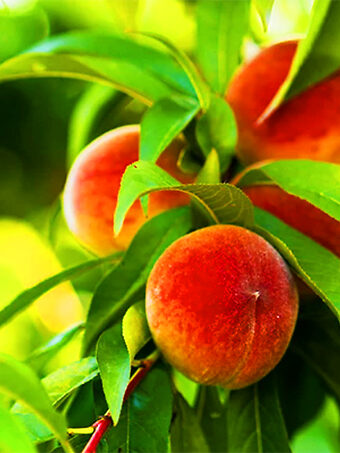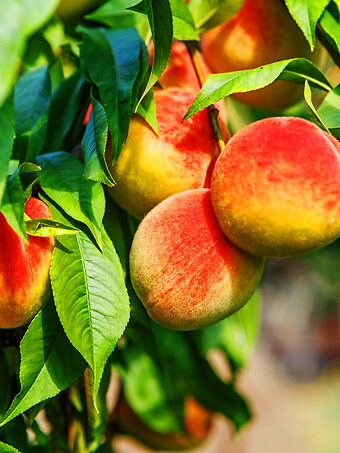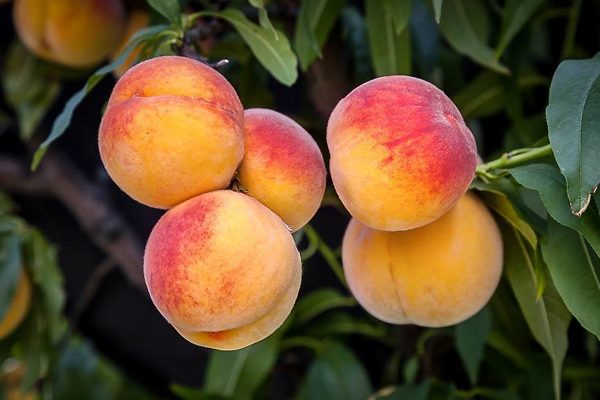
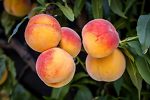
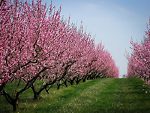
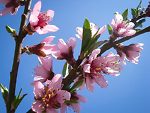

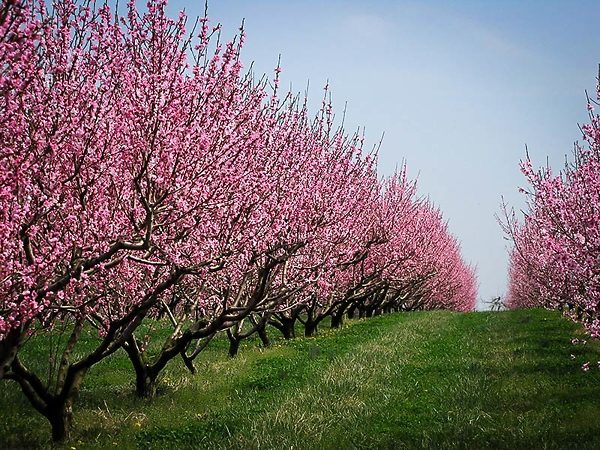
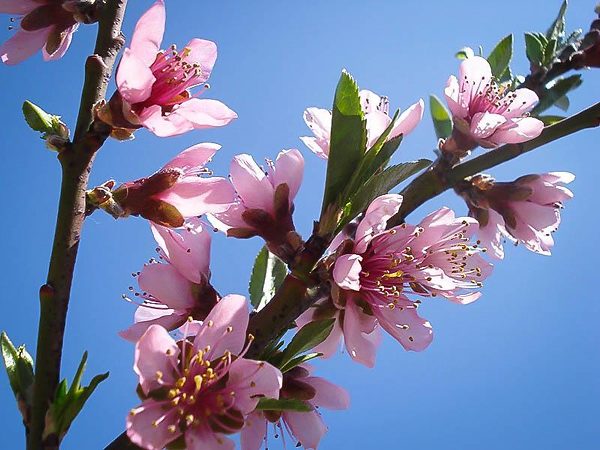
Elberta Peach Tree
Prunus persica 'Early Elberta'View more from Peach Trees
Elberta Peach Tree
Prunus persica 'Early Elberta'
this item doesn’t ship to
The Elberta Peach is a large peach with juicy yellow flesh beneath a golden skin that has a red blush when ripe. It produces its delicious fruit right in the middle of the peach season and there is no waste as the flesh of this freestone variety slips right off the stone. It is a terrific peach for eating fresh, with its tangy flavor, or for baking or canning so that you can enjoy it all year.
- Top quality freestone variety – no waste and easy to eat
- Delicious, tasty yellow flesh
- Self-pollinating so fruits well if grown alone
- Compact size ideal for the smaller garden
- Easily grown in most garden conditions
It is self-pollinating so there is no need for another variety, making this an ideal tree for the smaller garden. It grows well from zone 5 to zone 9 and just needs a warm, sunny location and some watering during the summer to reward you with bushels of delicious, naturally-ripened fruit straight from the tree, into the basket and into the hands of your family.

Botanical Name:
Prunus persica 'Early Elberta'
Mature Width:
10 ft
Mature Height:
12-15 ft
Grows Well In:
Zones 5-8

Sun Needs:
Full Sun, Partial Sun
Water Needs:
Low
Growth Rate:
Medium
Flower Color:
Pink, Purple
Flowering Season:
Spring
